Home>Gardening & Outdoor>Landscaping Ideas>How To Care For Lemongrass In Pots
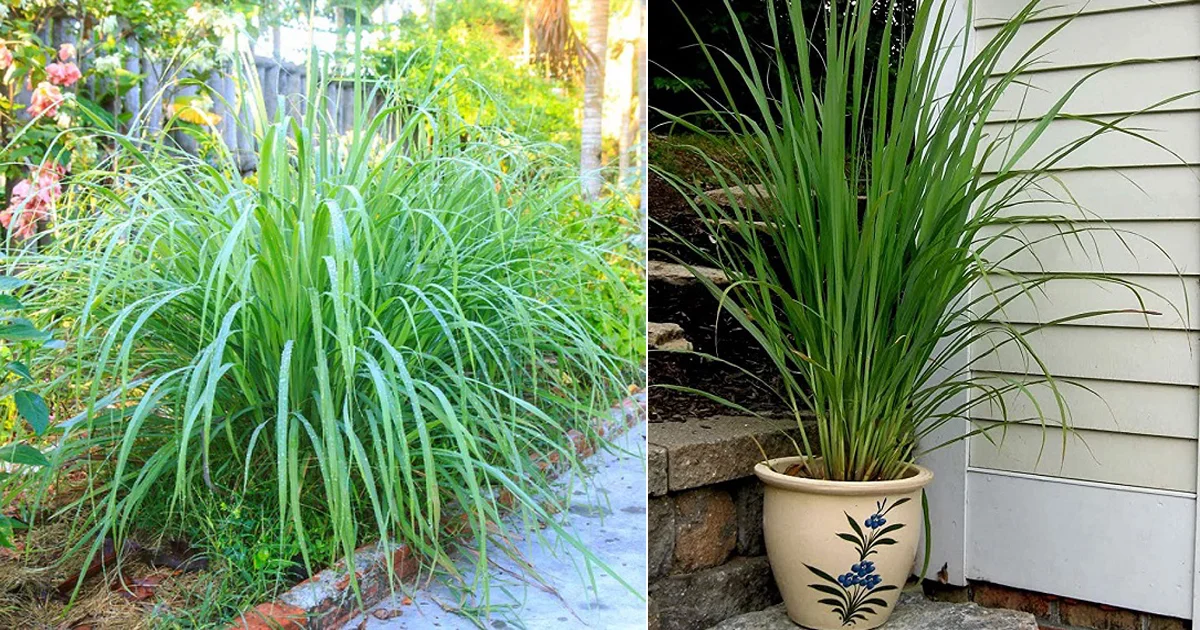

Landscaping Ideas
How To Care For Lemongrass In Pots
Published: January 24, 2024
Discover expert tips on caring for lemongrass in pots. Learn essential landscaping ideas to keep your lemongrass thriving in containers.
(Many of the links in this article redirect to a specific reviewed product. Your purchase of these products through affiliate links helps to generate commission for Storables.com, at no extra cost. Learn more)
**
Introduction
**
Lemongrass, with its refreshing citrus flavor and a myriad of culinary and medicinal uses, is a delightful addition to any garden or patio. The versatility of this herb makes it a popular choice for home gardeners, especially those with limited outdoor space. Cultivating lemongrass in pots is not only practical but also rewarding, as it allows for easy access to fresh, fragrant stalks that can elevate a wide range of dishes and beverages.
In this comprehensive guide, we will delve into the art of caring for lemongrass in pots, covering everything from selecting the right container to nurturing healthy growth, and addressing common challenges such as pests and diseases. Whether you are a seasoned gardener or a novice enthusiast, this article will equip you with the knowledge and skills needed to cultivate thriving lemongrass plants in a container garden. Let's embark on this aromatic journey and unlock the secrets to successful potted lemongrass cultivation.
Key Takeaways:
- Choose a spacious, well-draining pot for lemongrass, ensuring healthy root growth and visual appeal in your container garden. Opt for nutrient-rich soil and balanced fertilization to support vibrant, flavorful stalks.
- Maintain consistent, mindful watering for potted lemongrass, providing ample sunlight and shielding from extreme temperatures. Engage in strategic pruning and proactive pest management for thriving, aromatic plants.
Read more: How To Preserve Lemongrass
Choosing the Right Pot
When it comes to cultivating lemongrass in pots, selecting the appropriate container is crucial for the plant’s overall health and development. The ideal pot for lemongrass should provide ample space for the plant’s root system to expand while offering sufficient drainage to prevent waterlogging. Here are key considerations for choosing the right pot:
Size and Depth: Lemongrass has a robust root system and benefits from a spacious container. Opt for a pot that is at least 12 inches in diameter and 12-16 inches deep to accommodate the plant's roots as they grow. A deeper pot allows for better root development and stability, promoting healthy growth.
Material: Porous materials such as terracotta or breathable fabric pots are excellent choices for lemongrass containers. These materials facilitate air circulation to the roots and help prevent waterlogged soil, which can be detrimental to lemongrass plants.
Drainage Holes: Ensure that the pot has sufficient drainage holes at the bottom to allow excess water to escape. Good drainage is essential for preventing root rot and other water-related issues.
Mobility: Consider the weight of the pot, especially if you plan to move it frequently. Lightweight yet sturdy pots made of materials like fiberglass or resin are practical options for maneuvering your lemongrass plants as needed.
Aesthetic Appeal: While functionality is paramount, selecting a pot that complements your outdoor space or patio can enhance the visual appeal of your container garden. Choose a pot that aligns with your aesthetic preferences while meeting the plant's needs.
By carefully considering these factors, you can select a suitable pot that provides an optimal environment for your lemongrass to thrive. The right container sets the foundation for healthy growth and ensures that your potted lemongrass flourishes in its confined yet nurturing space.
Soil and Fertilizer
Choosing the right soil and implementing a proper fertilization regimen are essential for nurturing vibrant and robust lemongrass in pots. The soil composition directly impacts the plant’s nutrient uptake and overall well-being, while fertilization supports healthy growth and enhances the aromatic qualities of the herb. Here’s how to optimize the soil and fertilizer for your potted lemongrass:
Well-Draining Soil: Lemongrass thrives in well-draining soil that prevents water from pooling around the roots. A high-quality potting mix with good drainage, such as a blend of loamy soil, perlite, and compost, promotes optimal root health and minimizes the risk of waterlogged conditions.
Rich in Nutrients: While lemongrass is adaptable to various soil types, it benefits from a nutrient-rich growing medium. Incorporating organic matter like compost or well-rotted manure into the soil can provide essential nutrients and improve soil structure, fostering vigorous growth and flavor development in the stalks.
Fertilization Schedule: To support the nutrient requirements of potted lemongrass, a balanced fertilizer with a higher nitrogen content is beneficial. Begin fertilizing the plants in early spring using a slow-release organic fertilizer or a water-soluble fertilizer diluted to half strength. Repeat the application every 6-8 weeks during the growing season to sustain healthy foliage and robust stalk production.
Application Technique: When applying fertilizer, ensure even distribution around the base of the plant, avoiding direct contact with the foliage. Water the lemongrass after fertilization to facilitate nutrient absorption and prevent potential root burn.
Organic Options: For those inclined toward organic practices, organic seaweed or fish emulsion-based fertilizers can provide a natural and sustainable means of nourishing potted lemongrass, enhancing its flavor profile and aromatic qualities.
By cultivating lemongrass in well-draining, nutrient-rich soil and implementing a tailored fertilization approach, you can create an optimal growing environment that supports the plant’s vitality and flavor development. These foundational elements contribute to the overall health and productivity of potted lemongrass, ensuring a bountiful harvest of aromatic stalks for culinary and wellness pursuits.
Watering
Proper watering practices are integral to the successful cultivation of lemongrass in pots, as they sustain the plant’s hydration, promote robust growth, and contribute to the development of flavorful, aromatic stalks. Understanding the water requirements of potted lemongrass and implementing a balanced approach to watering are essential for maintaining optimal plant health. Here’s how to effectively manage watering for your potted lemongrass:
Consistent Moisture: Lemongrass thrives in consistently moist soil, but it is crucial to avoid waterlogging. Allow the top inch of the soil to dry out between watering sessions to prevent overwatering, which can lead to root rot and other moisture-related issues.
Watering Frequency: During the active growing season, typically spring through fall, water your potted lemongrass 2-3 times per week, adjusting the frequency based on environmental conditions and the moisture level of the soil. In hot, dry climates, more frequent watering may be necessary to maintain adequate moisture levels.
Deep Watering Technique: When watering, aim to saturate the soil thoroughly, allowing the water to penetrate the root zone. This encourages deep root development and resilience, particularly during periods of heat or drought stress.
Container Drainage: Ensure that the pot has sufficient drainage holes to allow excess water to escape, preventing water from accumulating at the bottom of the container. Good drainage is essential for averting waterlogged conditions that can compromise the health of potted lemongrass.
Monitoring Environmental Factors: Factors such as temperature, humidity, and seasonal variations influence the plant’s water requirements. Adjust your watering routine based on these environmental dynamics to maintain an optimal moisture balance for the lemongrass.
Winter Watering: During the dormant winter months, reduce the frequency of watering, allowing the soil to dry out more between waterings. While lemongrass is relatively drought-tolerant, it still benefits from occasional moisture during the winter to support its underlying root system.
By adhering to a balanced watering regimen and monitoring the moisture needs of your potted lemongrass, you can foster healthy growth and vibrant foliage, ultimately yielding an abundant supply of aromatic stalks for culinary and wellness endeavors.
Place lemongrass in a pot with well-draining soil and keep it in a sunny spot. Water regularly, but allow the soil to dry out between waterings. Trim dead leaves and fertilize every few weeks with a balanced fertilizer.
Sunlight and Temperature
Optimal sunlight exposure and suitable temperature conditions are pivotal factors in nurturing thriving lemongrass plants in pots. Lemongrass, renowned for its robust growth and aromatic qualities, thrives in warm, sunny environments, making it well-suited for container cultivation in a variety of climates. Understanding the sunlight and temperature requirements of potted lemongrass is essential for promoting vigorous growth and enhancing the flavor and fragrance of the herb. Here’s how to create an ideal environment for your potted lemongrass:
Sunlight Requirements: Lemongrass flourishes in full sun, requiring a minimum of 6-8 hours of direct sunlight daily to support robust growth and essential oil production. When positioning your potted lemongrass, select a sunny location, such as a south-facing patio or balcony, to ensure ample sunlight exposure.
Temperature Tolerance: Lemongrass is well-adapted to warm temperatures and thrives in USDA hardiness zones 9-11. If you reside in a cooler climate, cultivating lemongrass in pots allows for greater flexibility, as the containers can be moved indoors during colder months to protect the plants from frost and chilling temperatures.
Overwintering Indoors: In regions with frosty winters, transition potted lemongrass indoors before the first frost, positioning the plants in a sunny spot, such as a south-facing window. Maintaining adequate sunlight exposure during the winter months is crucial for sustaining the plant’s vitality and preventing cold-induced stress.
Temperature Considerations: During the active growing season, lemongrass thrives in temperatures ranging from 70°F to 85°F (21°C to 29°C). While the plant can tolerate higher temperatures, providing adequate airflow and hydration is essential during periods of intense heat to prevent dehydration and stress.
Protection from Extreme Conditions: Shield potted lemongrass from extreme weather conditions, such as scorching heatwaves or prolonged cold snaps, by relocating the containers to a sheltered area or providing temporary shade or insulation as needed.
By ensuring that your potted lemongrass receives ample sunlight and is shielded from adverse temperature fluctuations, you can foster robust growth and vibrant foliage, culminating in an abundant yield of aromatic stalks that elevate your culinary creations and wellness pursuits.
Read more: How Tall Is Lemongrass
Pruning and Harvesting
Pruning and harvesting are essential practices for maintaining the vitality of potted lemongrass, promoting new growth, and maximizing the yield of flavorful, aromatic stalks. By implementing strategic pruning techniques and adopting a mindful approach to harvesting, you can encourage the continuous regeneration of lemongrass plants while enjoying a bountiful supply of fresh stalks for culinary and wellness applications. Here’s how to effectively prune and harvest your potted lemongrass:
Pruning for Vigorous Growth: Regular pruning is beneficial for stimulating the growth of new shoots and preventing the plant from becoming overcrowded. Use clean, sharp gardening shears to trim back any yellowing or spent foliage, as well as any overly dense or tangled growth, promoting improved air circulation and light penetration.
Division and Propagation: Periodically dividing mature lemongrass clumps in pots can rejuvenate the plants and promote healthier, more vigorous growth. When dividing the clumps, select healthy, established sections and replant them in fresh, well-draining soil to encourage robust regrowth.
Harvesting Technique: Harvest lemongrass stalks when they reach a length of approximately 12-18 inches, cutting them at the base using clean, sharp scissors or pruners. Select stalks that are firm, aromatic, and free from signs of damage or disease. Harvesting the outer stalks first allows the inner stalks to continue developing, supporting sustained growth and productivity.
Regenerative Pruning: When harvesting lemongrass stalks, avoid removing more than one-third of the total foliage at a time. This regenerative pruning approach ensures that the plant retains adequate foliage for photosynthesis and continued vitality while providing a generous harvest of flavorful stalks.
Post-Harvest Care: After harvesting, remove any dead or decaying foliage and ensure that the remaining stalks are well-supported and hydrated. Maintaining a consistent watering and fertilization routine following the harvest supports the plant’s recovery and prepares it for subsequent growth cycles.
Utilizing Harvested Stalks: The freshly harvested lemongrass stalks can be utilized in an array of culinary applications, including teas, marinades, curries, and infused beverages. Additionally, the stalks can be dried and stored for future use, providing a fragrant, citrusy addition to an assortment of dishes and herbal remedies.
By incorporating strategic pruning practices and mindful harvesting techniques, you can perpetuate the vigor of your potted lemongrass while enjoying a continuous supply of aromatic stalks, enriching your culinary endeavors and wellness rituals with the vibrant essence of this versatile herb.
Pests and Diseases
Protecting potted lemongrass from potential pests and diseases is essential for maintaining the plant’s vigor and ensuring a thriving, aromatic harvest. While lemongrass is relatively resilient, it is susceptible to certain pests and environmental stressors that can compromise its health. By implementing proactive measures and identifying common issues, you can safeguard your potted lemongrass from detrimental infestations and diseases. Here’s how to address and mitigate potential threats:
Common Pests: Keep a watchful eye for common pests that may affect lemongrass, including aphids, spider mites, and whiteflies. These pests can sap the plant’s vitality and cause damage to the foliage, potentially hindering growth and stalk production.
Natural Predators: Encourage the presence of beneficial insects, such as ladybugs and lacewings, which feed on harmful pests and help maintain a balanced ecosystem in your garden or patio. Introducing predatory insects can aid in controlling pest populations without the use of chemical interventions.
Organic Pest Control: If pest infestations occur, consider employing organic pest control methods, such as neem oil or insecticidal soap, to mitigate the impact of pests without compromising the plant’s health or the safety of beneficial insects and pollinators.
Signs of Disease: Monitor your potted lemongrass for signs of common diseases, including fungal infections and bacterial issues. Symptoms such as yellowing or spotted foliage, wilting, or stunted growth may indicate underlying disease concerns that require prompt attention.
Proper Air Circulation: Ensure adequate air circulation around your potted lemongrass, as stagnant, humid conditions can contribute to the development of fungal diseases. Position the containers in a well-ventilated area and avoid overcrowding to promote airflow and reduce the risk of disease incidence.
Preventative Measures: Implement preventative measures, such as maintaining proper watering practices and avoiding over-fertilization, to minimize the risk of stress-related issues and susceptibility to diseases. Healthy, well-nourished plants are better equipped to resist and recover from environmental challenges.
Early Intervention: If you observe signs of pest activity or disease, take swift action to address the issue. Prune affected foliage, remove pests by hand, and consider targeted treatments to mitigate the impact and prevent the spread of infestations or infections.
By remaining vigilant, fostering a balanced ecosystem, and promptly addressing potential threats, you can safeguard your potted lemongrass from pests and diseases, nurturing robust, aromatic plants that enrich your culinary creations and wellness pursuits with their vibrant essence.
Conclusion
Cultivating lemongrass in pots is a rewarding endeavor that offers a wealth of culinary, aromatic, and ornamental benefits. From selecting the right container to nurturing healthy growth and addressing potential challenges, the art of caring for potted lemongrass encompasses a blend of horticultural knowledge, mindful practices, and a deep appreciation for the versatility of this citrus-scented herb. As you embark on this aromatic journey, here are key takeaways to guide your potted lemongrass cultivation:
- Container Considerations: Choose a spacious, well-draining pot that accommodates the plant’s robust root system and provides room for growth while enhancing the visual appeal of your container garden.
- Soil and Fertilization: Opt for nutrient-rich, well-draining soil and implement a balanced fertilization regimen to support the plant’s vitality and flavor development, fostering a thriving lemongrass harvest.
- Watering Wisdom: Maintain a consistent yet mindful approach to watering, ensuring adequate moisture without waterlogging, and adjusting the frequency based on environmental factors and seasonal variations.
- Sunlight and Temperature: Position your potted lemongrass in a sunny, sheltered location, shielding it from extreme temperature fluctuations and providing optimal conditions for robust growth and aromatic stalk production.
- Pruning and Harvesting Practices: Engage in strategic pruning to promote new growth and division, and employ a mindful approach to harvesting to perpetuate the plant’s vigor and enjoy a continuous supply of aromatic stalks.
- Pest and Disease Management: Remain vigilant for potential pests and diseases, fostering a balanced ecosystem and implementing proactive measures to safeguard your potted lemongrass from detrimental infestations and stressors.
By integrating these principles and practices into your potted lemongrass care routine, you can cultivate thriving, aromatic plants that enrich your culinary creations, herbal infusions, and wellness rituals with the vibrant essence of this versatile herb. Whether adorning your patio, balcony, or kitchen windowsill, potted lemongrass embodies the beauty of container gardening, offering a sensory tapestry of citrusy fragrance and culinary inspiration.
As you tend to your potted lemongrass, may each fragrant stalk and verdant tuft of foliage serve as a testament to your dedication and horticultural artistry, infusing your surroundings with the invigorating zest of this beloved herb.
Frequently Asked Questions about How To Care For Lemongrass In Pots
Was this page helpful?
At Storables.com, we guarantee accurate and reliable information. Our content, validated by Expert Board Contributors, is crafted following stringent Editorial Policies. We're committed to providing you with well-researched, expert-backed insights for all your informational needs.
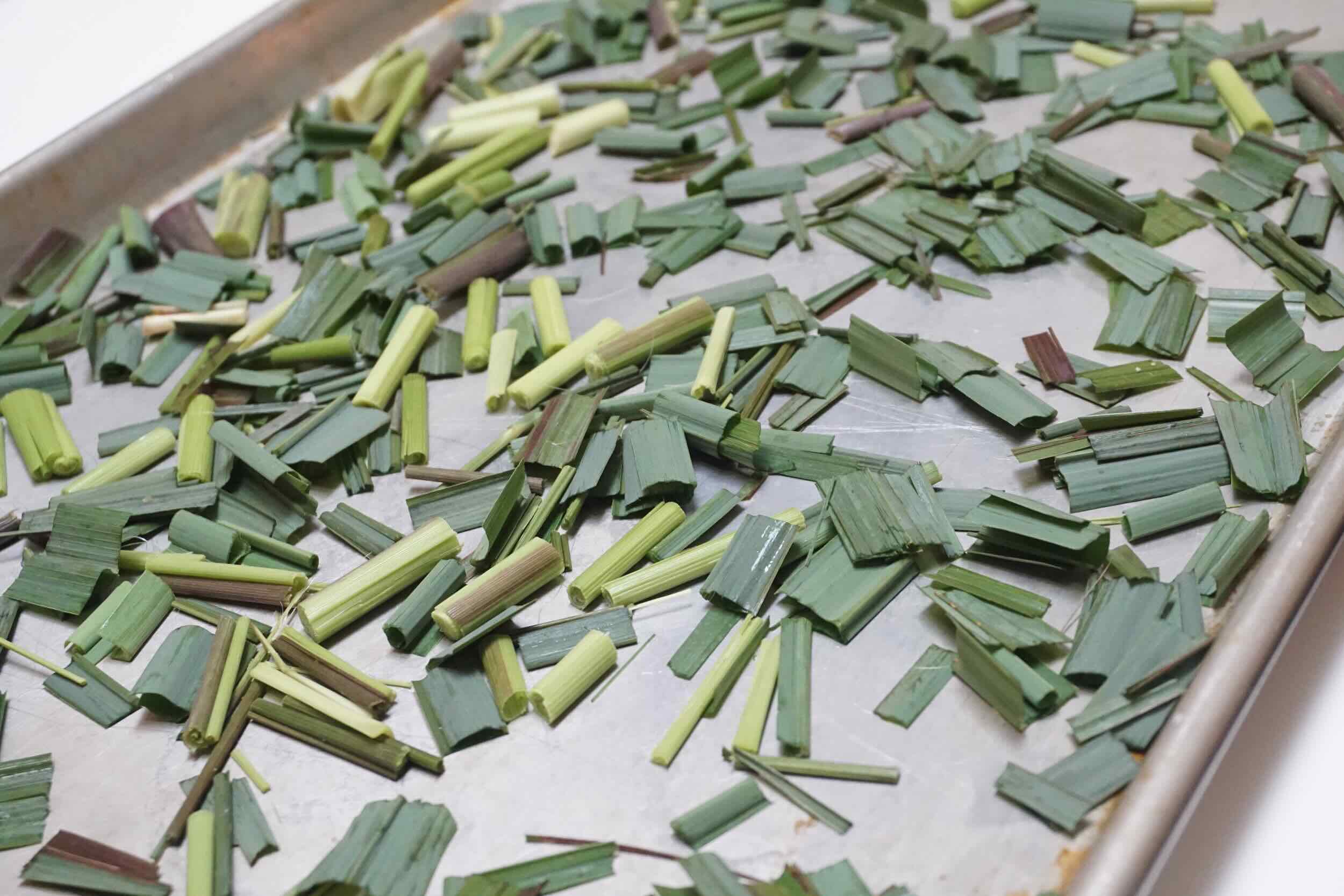
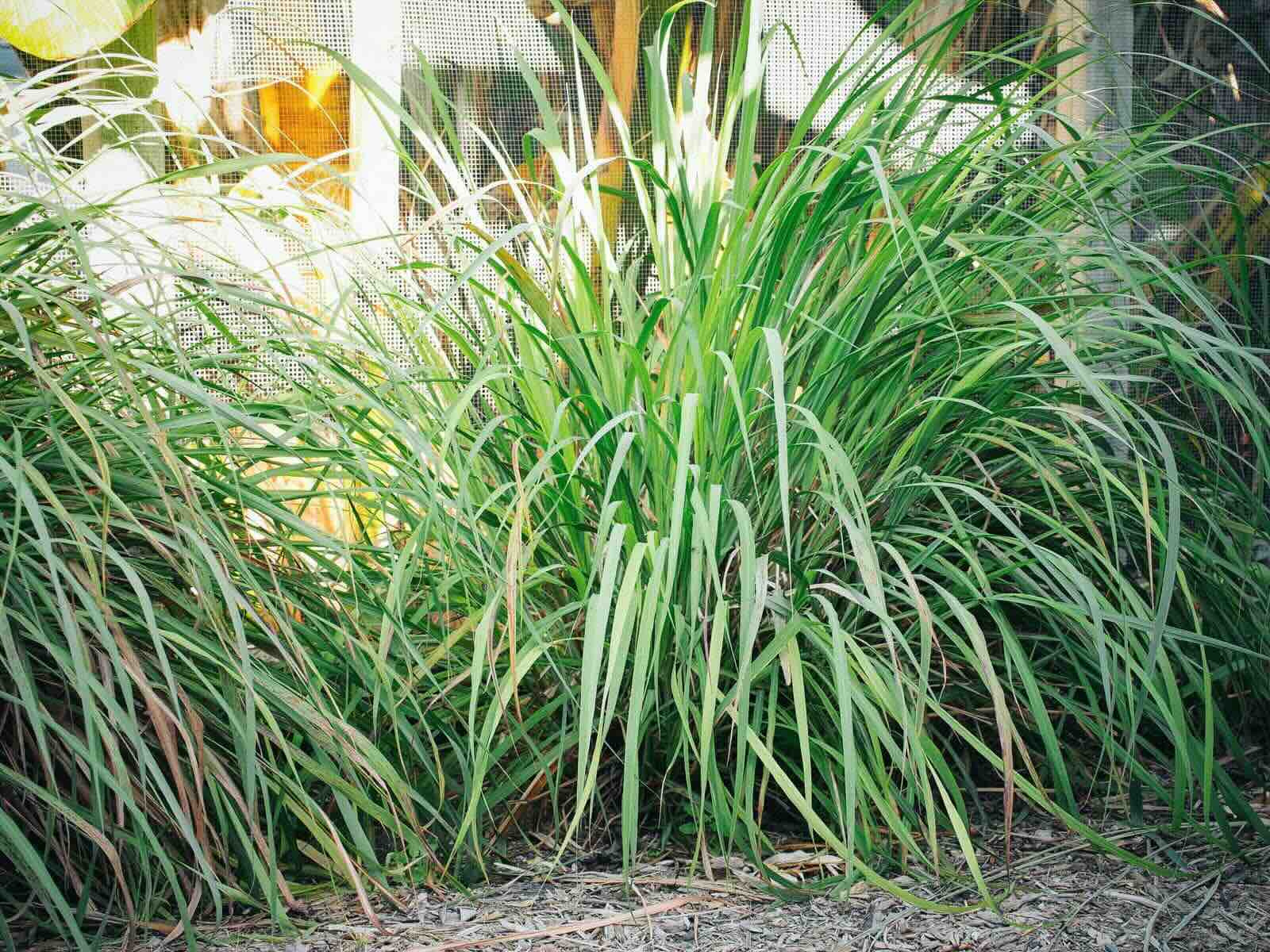
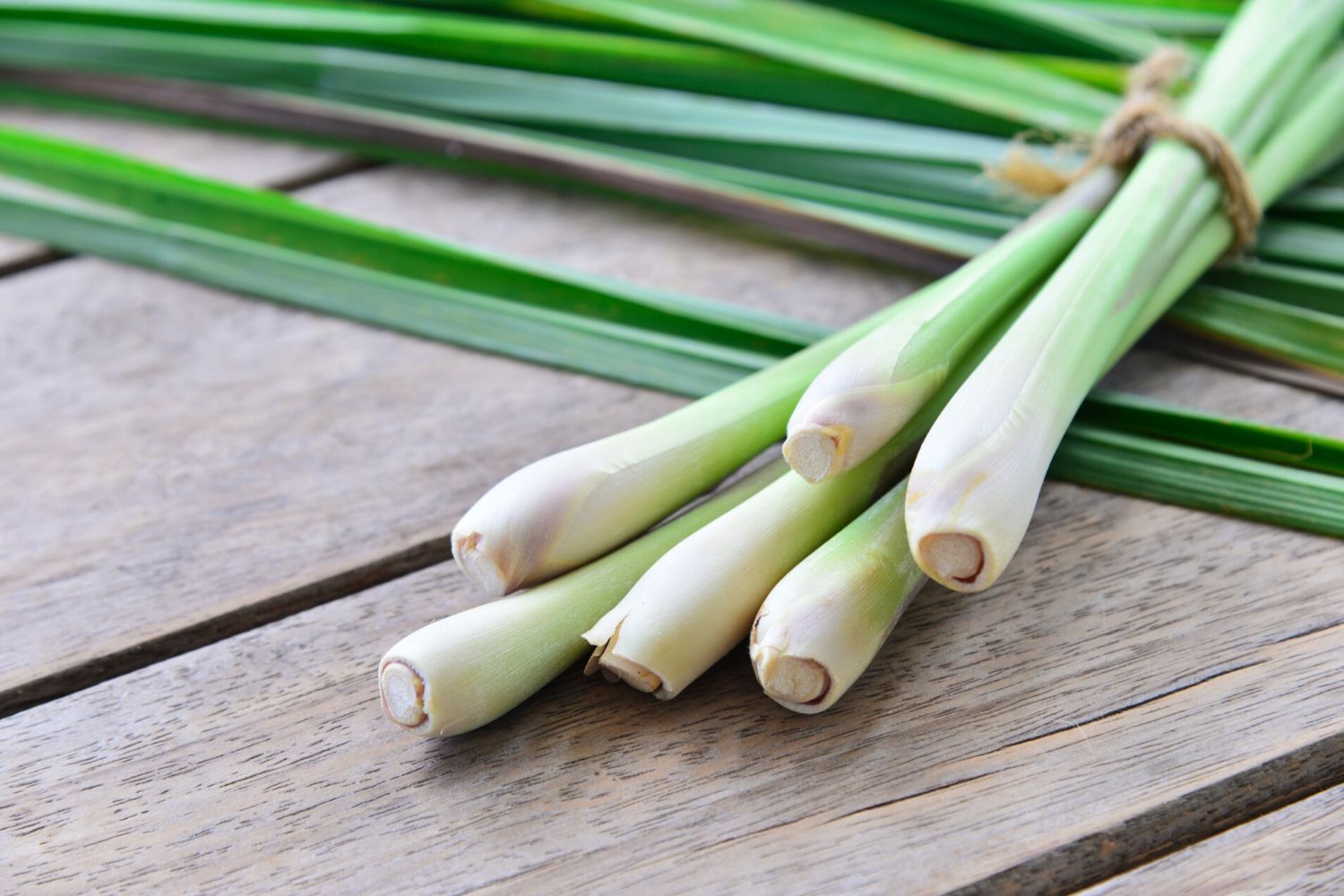
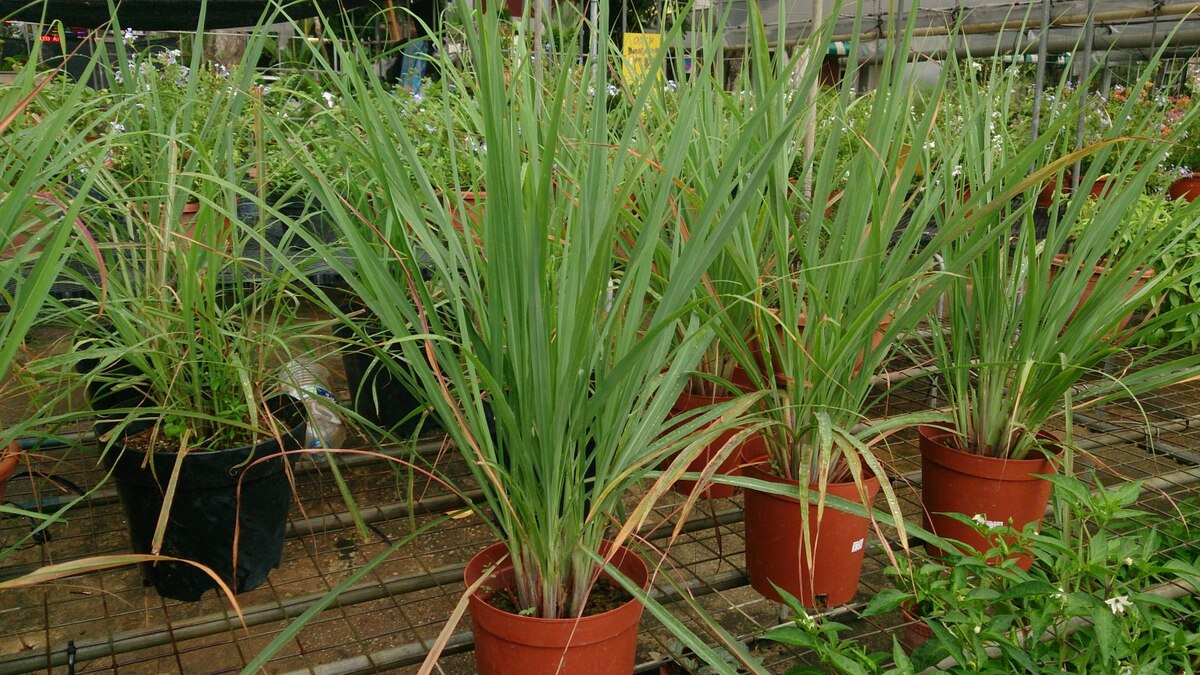
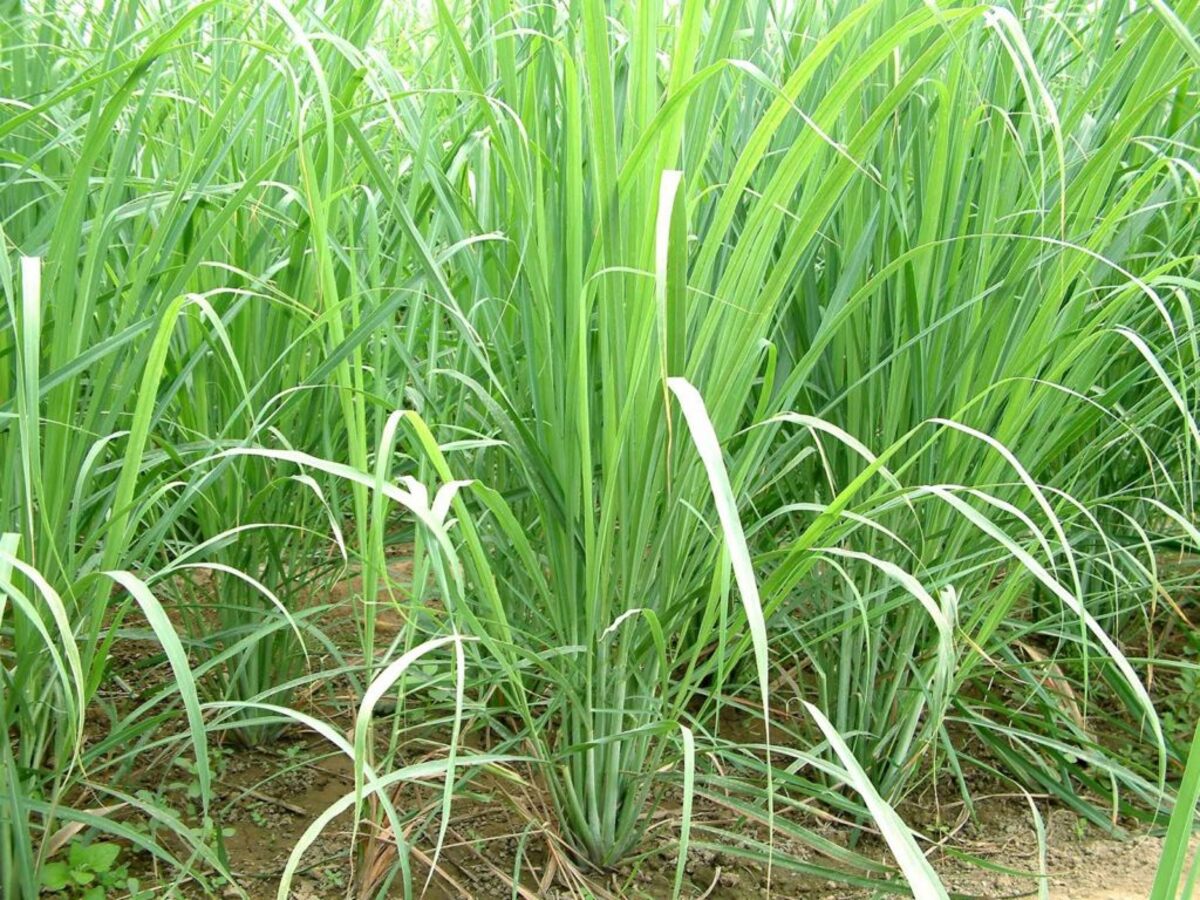
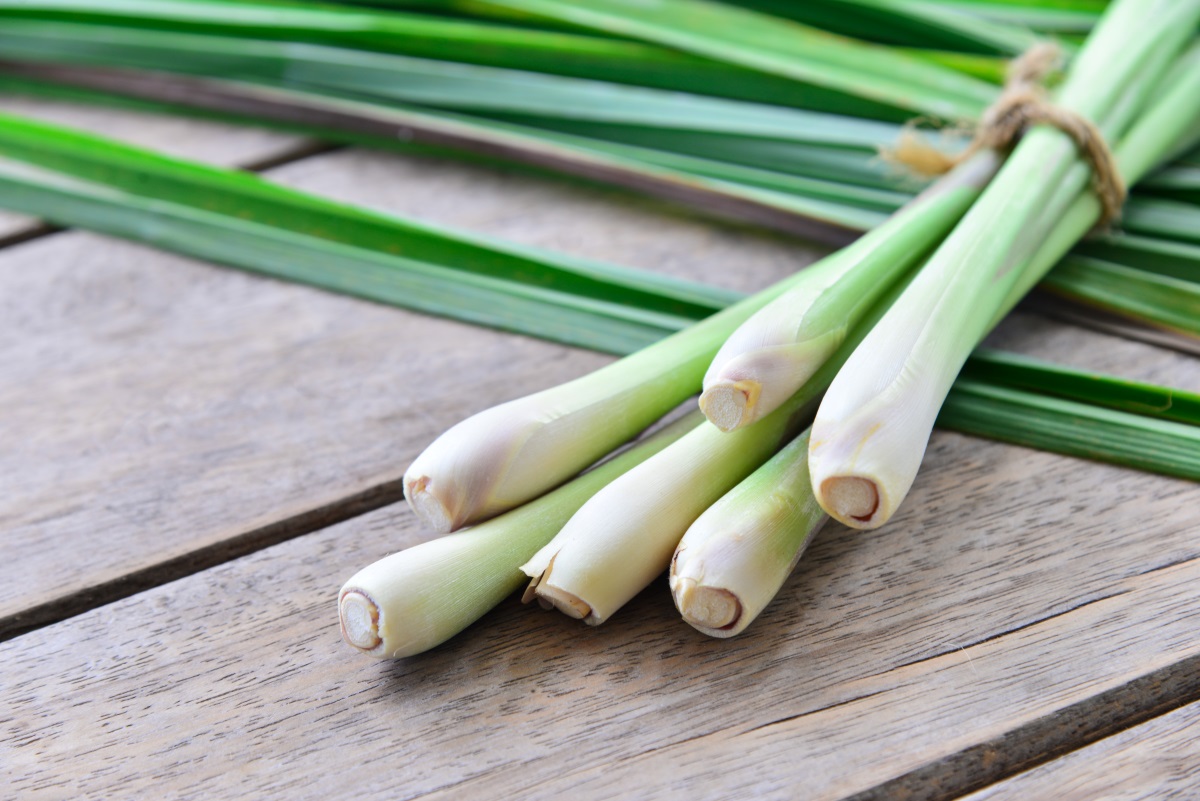
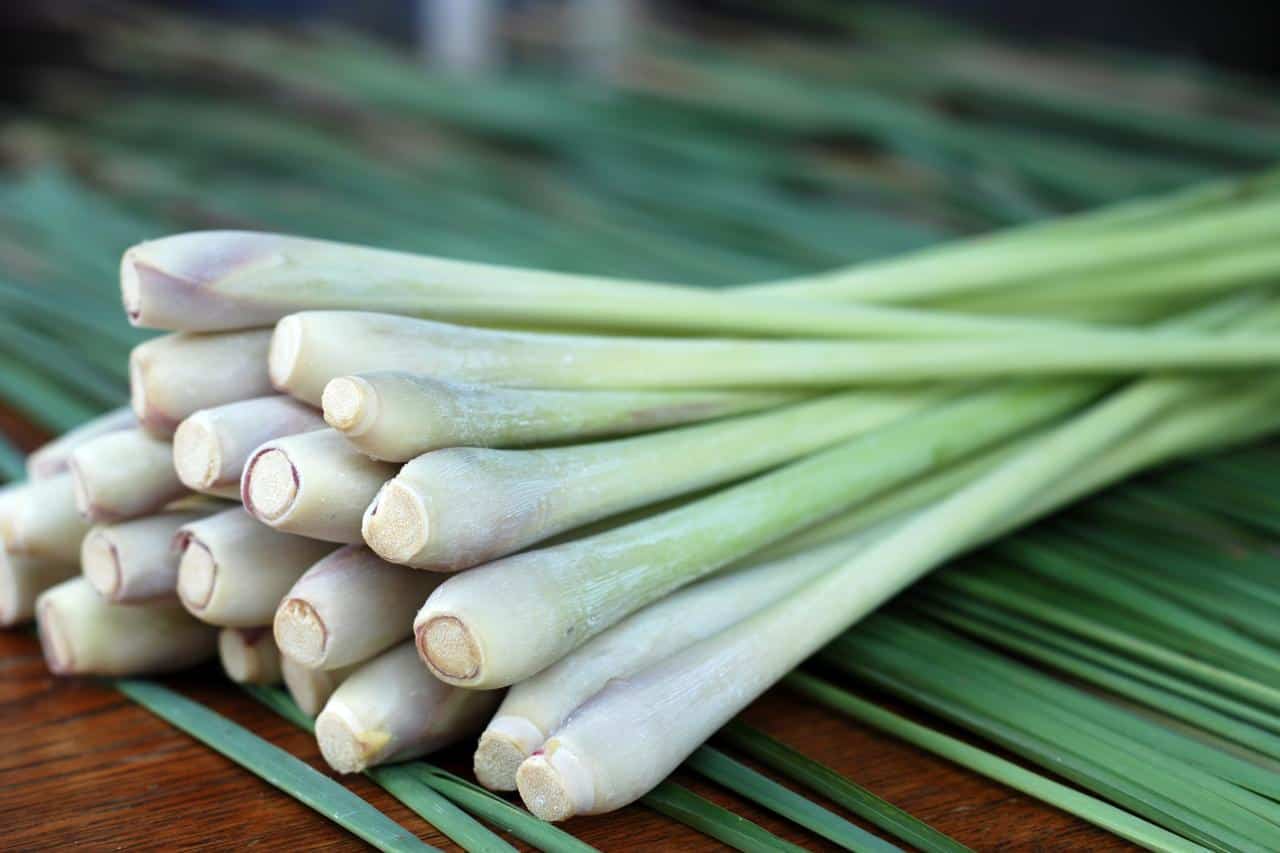
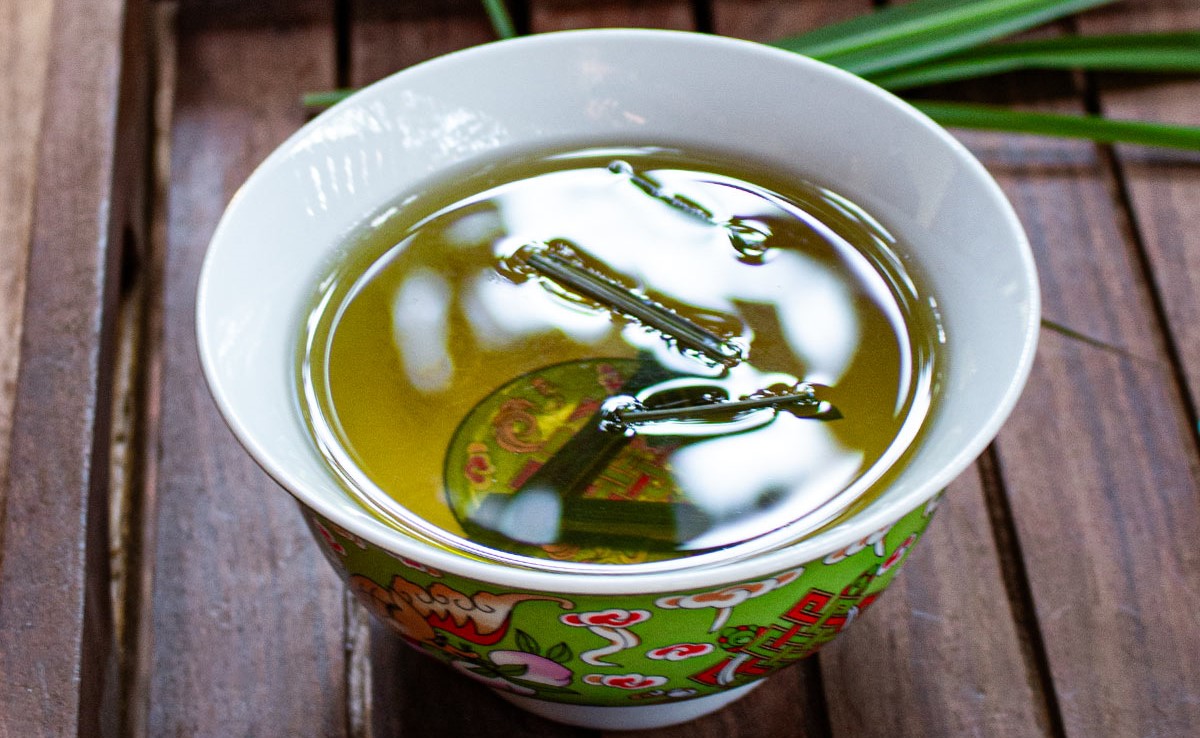
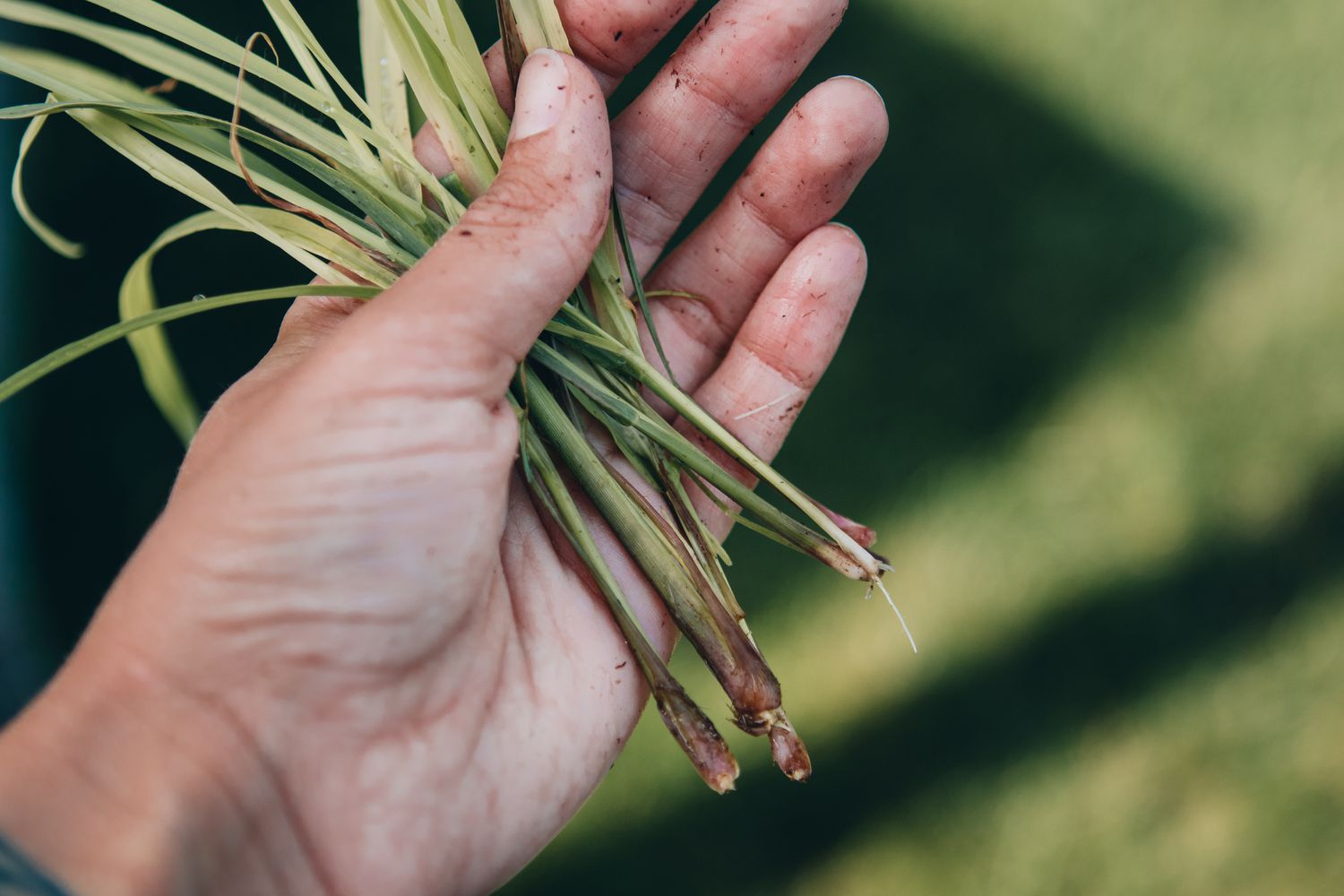
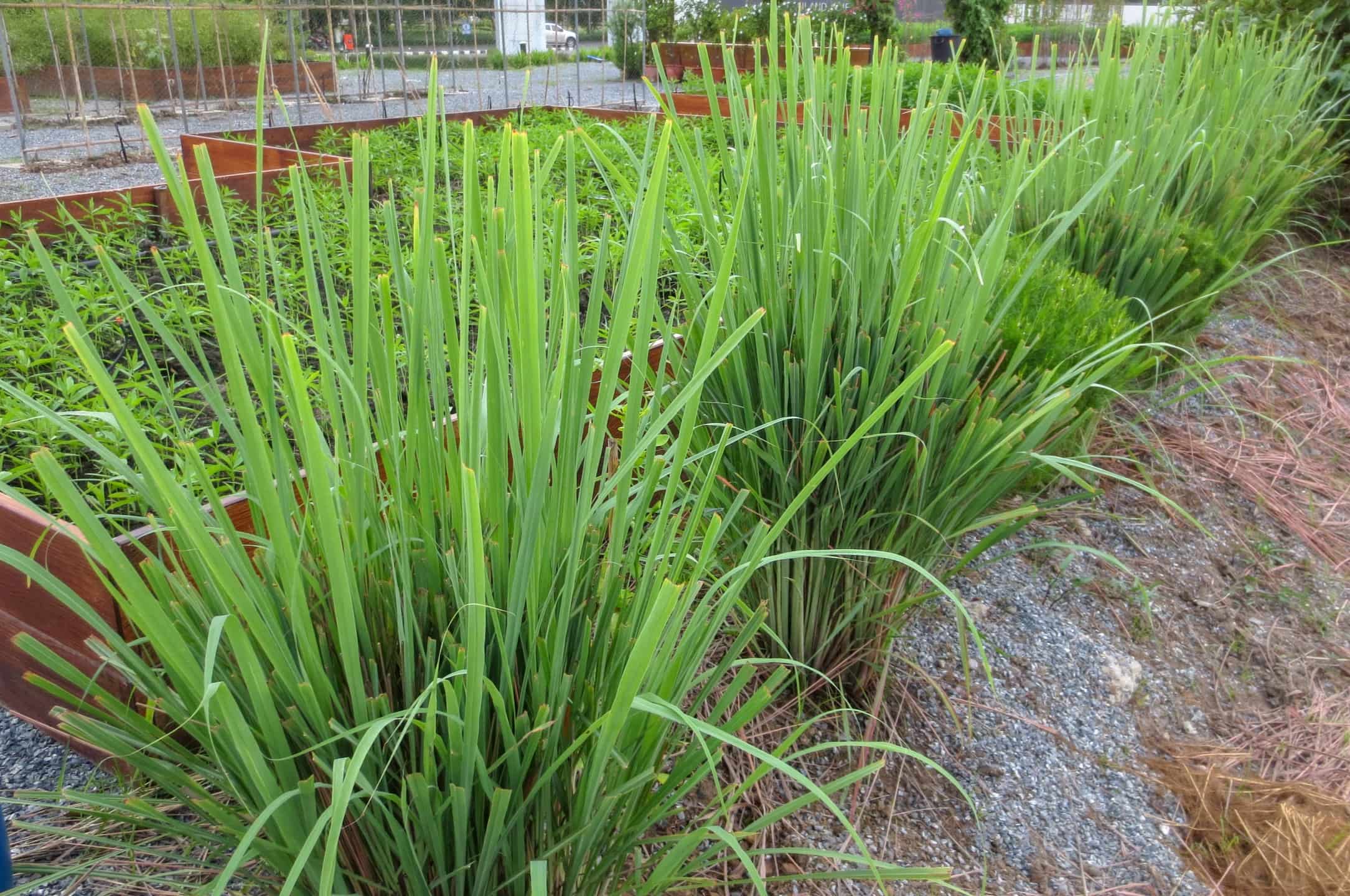
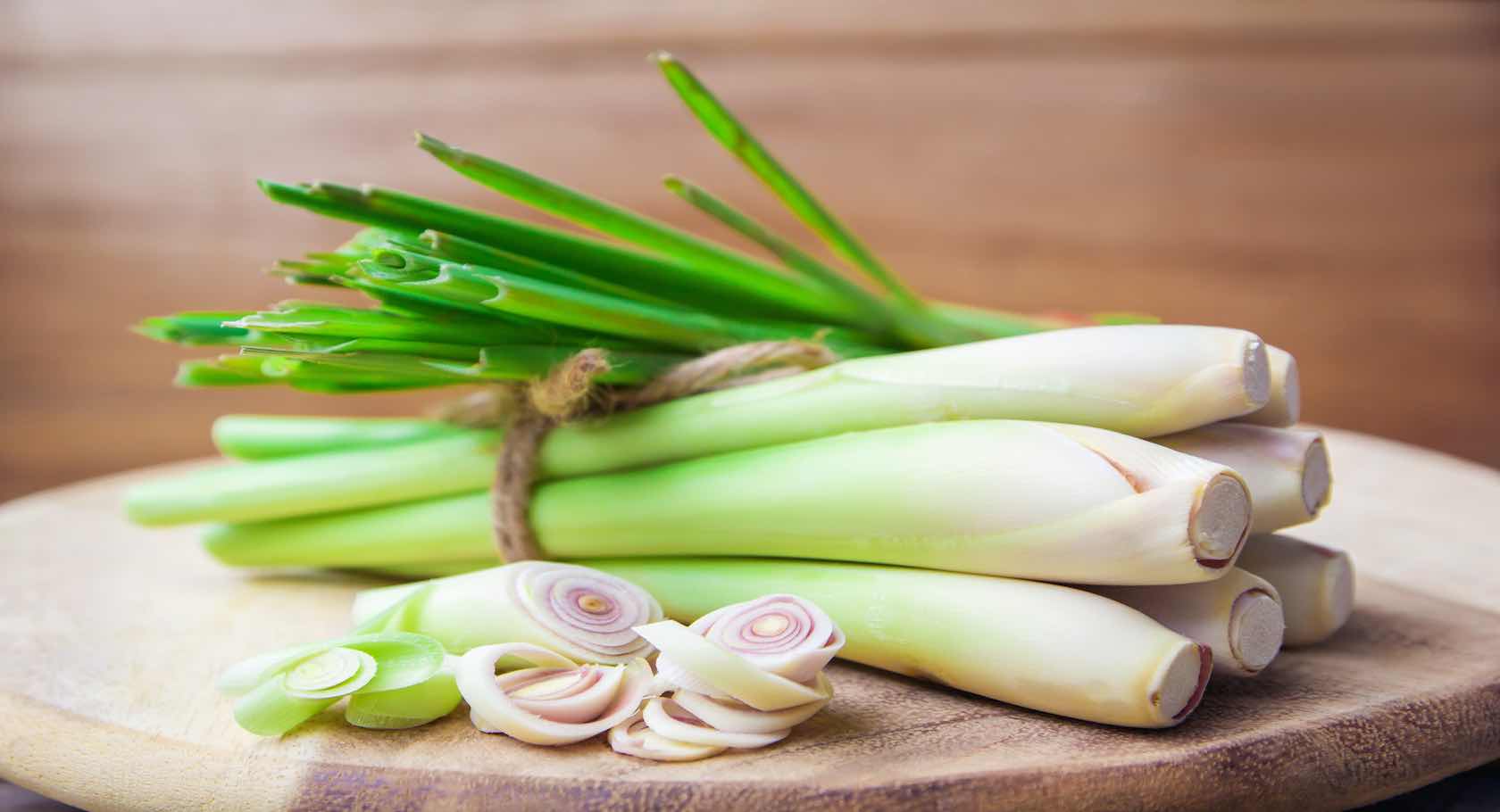
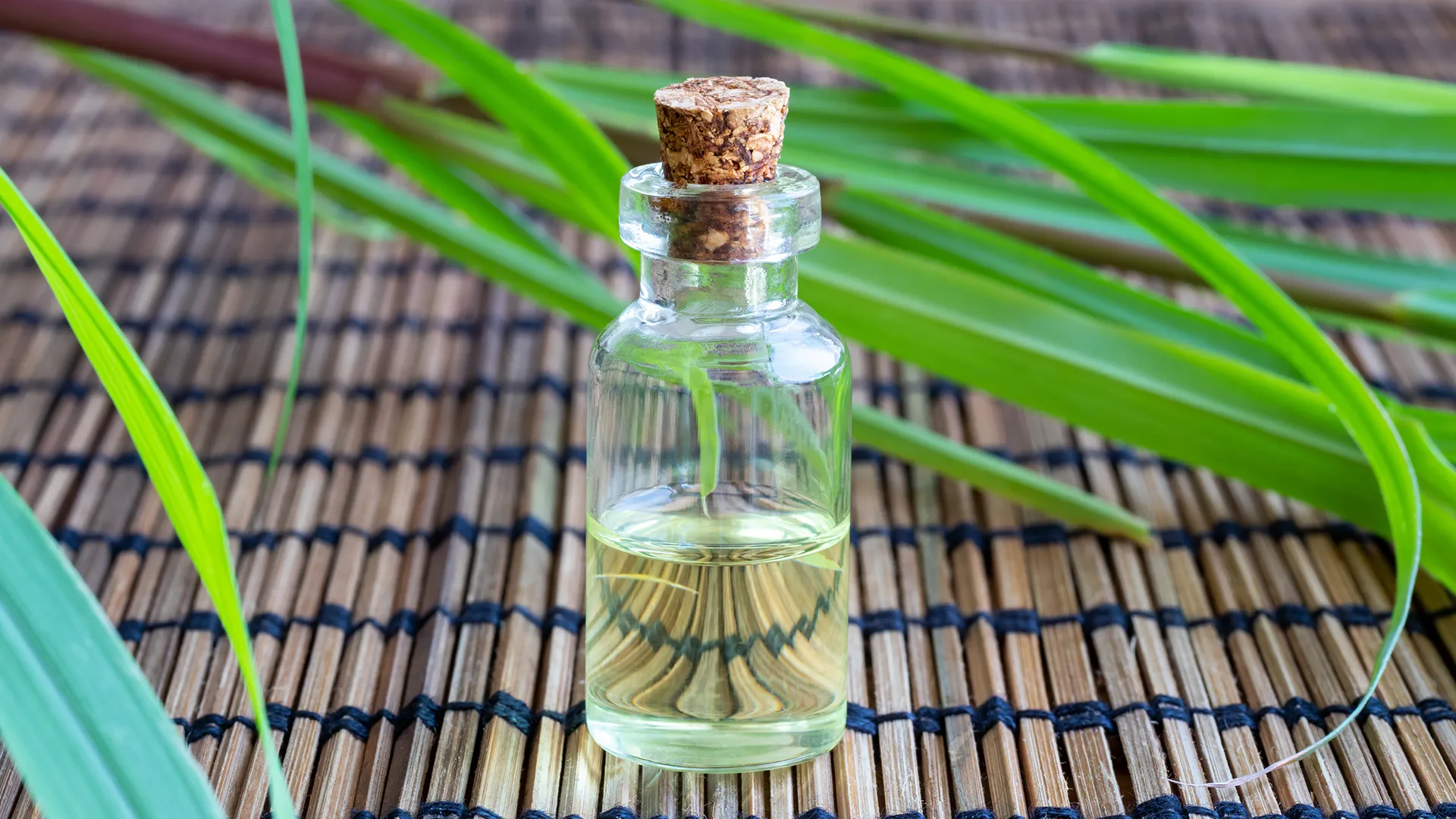
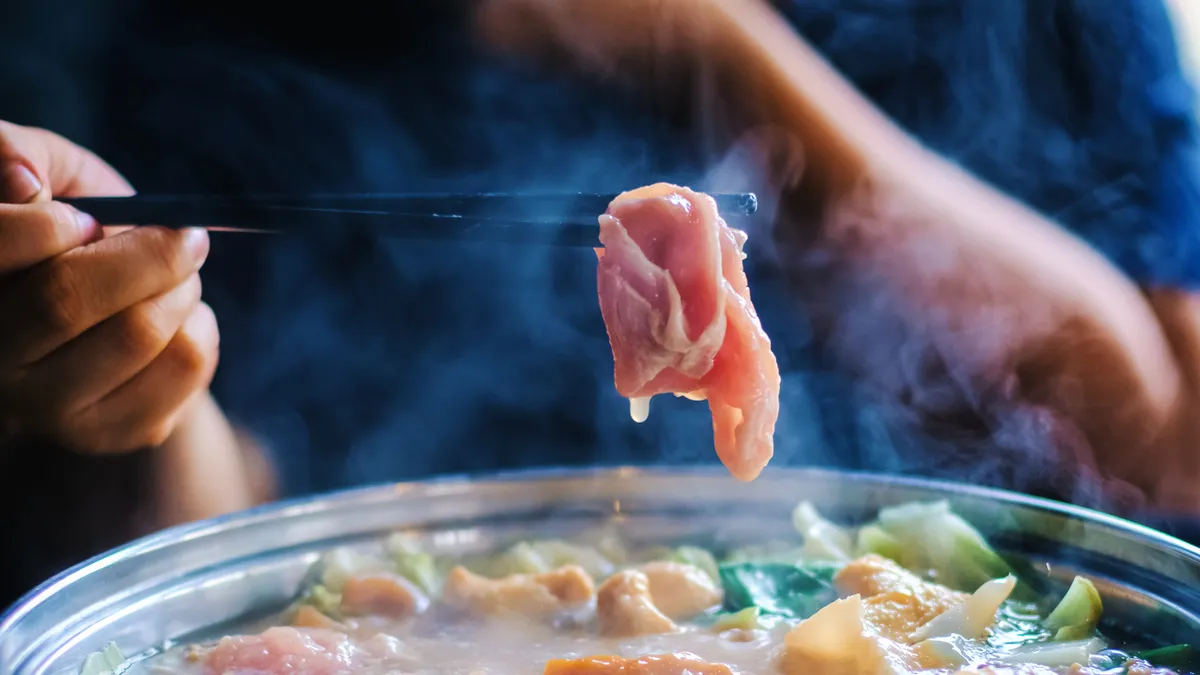
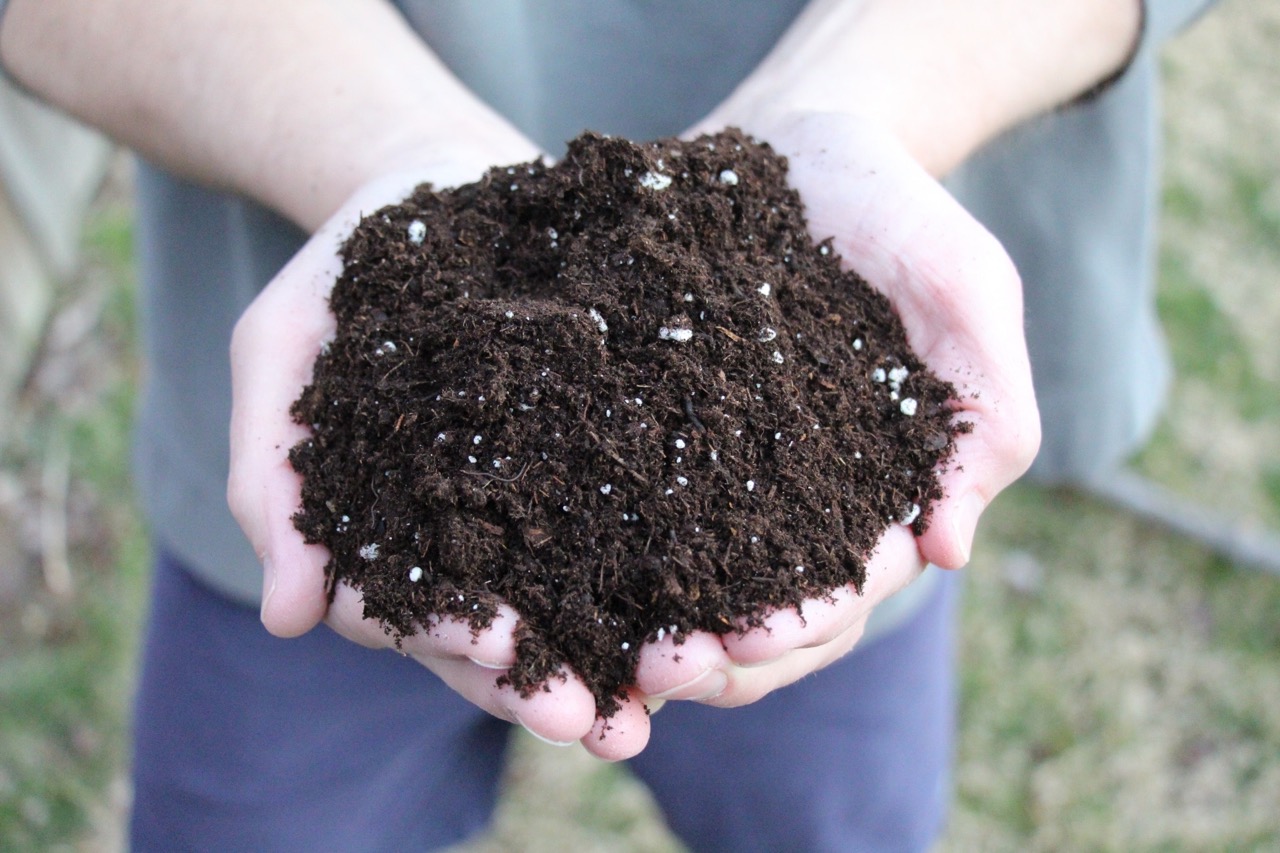

0 thoughts on “How To Care For Lemongrass In Pots”